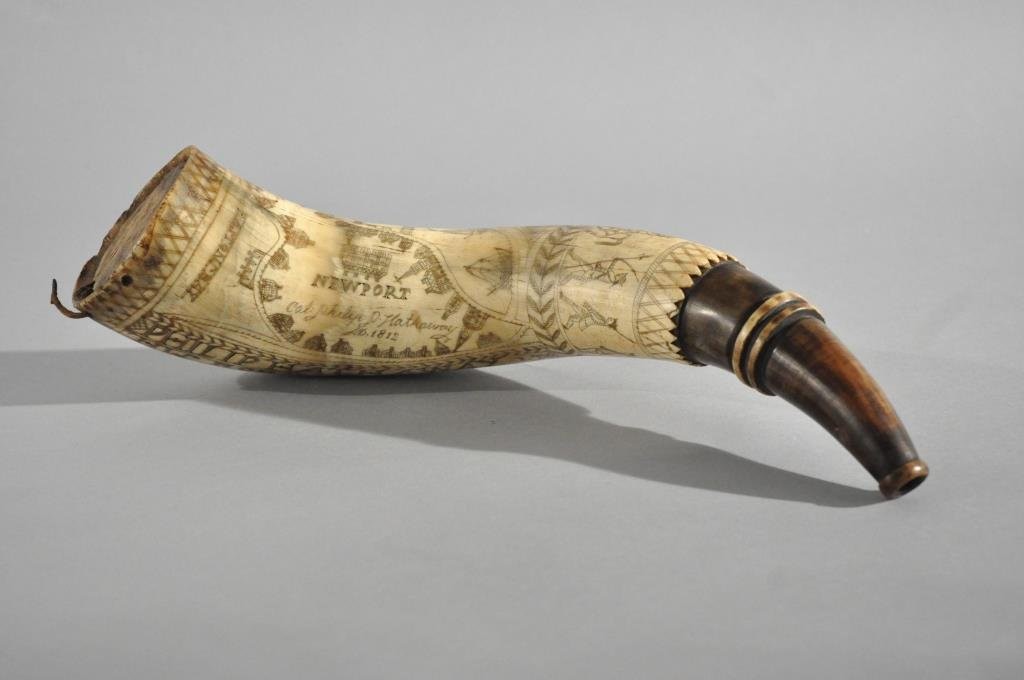Understanding the ban on the ivory trade
Decorative objects made of ivory have been prized for thousands of years. Ivory's inherent properties make it uniquely suited for carving, and hundreds of years ago it was plentiful and inexpensive. …
This item is available in full to subscribers.
Please log in to continue |
Register to post eventsIf you'd like to post an event to our calendar, you can create a free account by clicking here. Note that free accounts do not have access to our subscriber-only content. |
Day pass subscribers
Are you a day pass subscriber who needs to log in? Click here to continue.
Understanding the ban on the ivory trade
Decorative objects made of ivory have been prized for thousands of years. Ivory's inherent properties make it uniquely suited for carving, and hundreds of years ago it was plentiful and inexpensive. Ivory was in many ways a precursor to plastic. From buttons, hairpins, needles, combs, pie dough crimpers, buckles, billiard balls and piano keys; ivory was used for thousands of objects. Steinway pianos only discontinued its ivory keys in 1982.
Ivory became a symbol of wealth developed in the twentieth century because it became rare. Sources of ivory include African and Asian elephants, narwhals, walrus, mammoth, hippopotamus and even elk, which have two ivory teeth—believed to the remnants of tusks from their ancestors. A strong push to protect the diminishing populations of many of these species have made ivory expensive and less available. Just the tusks from one African elephant can yield ten times the average annual income in most African countries, which helps to explain why poachers are willing to risk it all. The largest market continues to be in China. While it is mostly sold as jewelry or in statue form, the Chinese also believe it has medicinal value.
On July 6, a near-total ban on commercial trade in elephant ivory went into effect in the United States. You do not need to worry if you already own a piece of ivory but if you wish to sell it, it is important to know what type of ivory you have. You will need to have a qualified appraisal or some other documentation which identifies what type of ivory it is and approximate age of the piece. Under Federal law, you can sell your elephant ivory within your state if you can prove it was imported before 1975.
Antique whale teeth ivory is often associated with New England and whaling. These carved and engraved objects are referred to as “scrimshaw”. Brian Kiracofe at Newport Scrimshanders in Newport is a modern-day scrimshander and expert in ivory identification and restoration. The whale tooth powder horn shown was made by Philip Hathaway in 1780. The horn depicts a mounted officer and six soldiers with a map of Rhode Island showing Goat Island and Easton’s Bay. Examples with such fine carving and identify a maker or ship sell for the highest prices.
Karen Waterman is a fine art, antique furniture and decorative arts appraiser in the East Bay area and will answer as many questions regarding your “hidden treasures” as possible. By sending an email with a question you give full permission for use in the column. Names, addresses or e-mail will not be published and photos will be returned if requested. Send e-mails (digital photos preferred ) to watermanappraisal@gmail.com.






